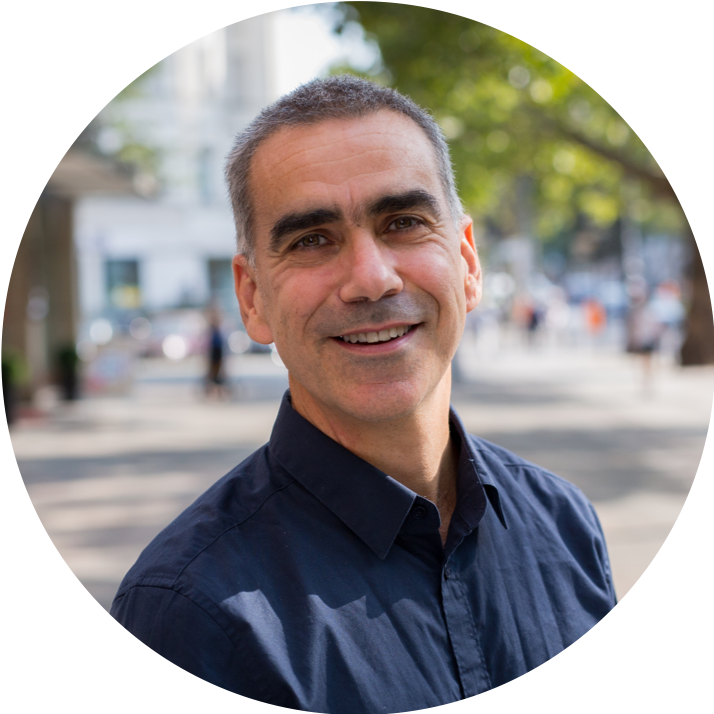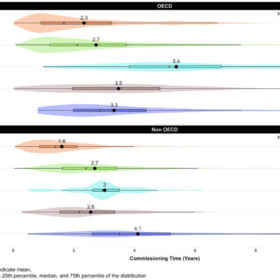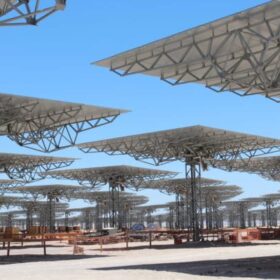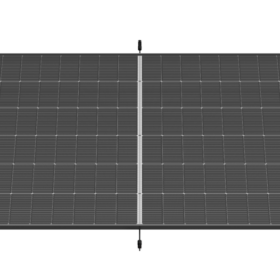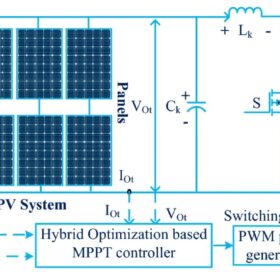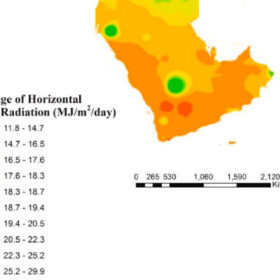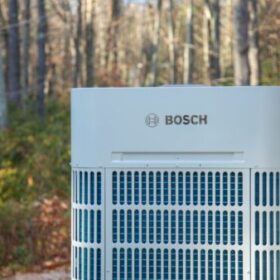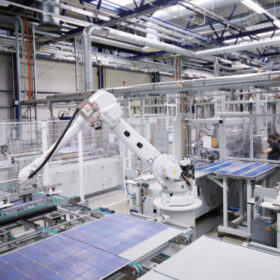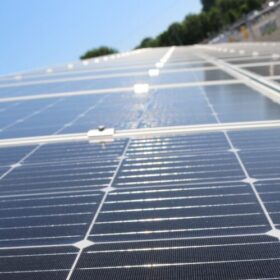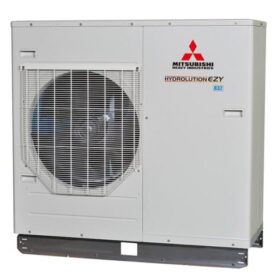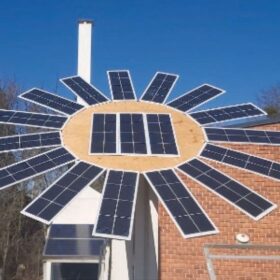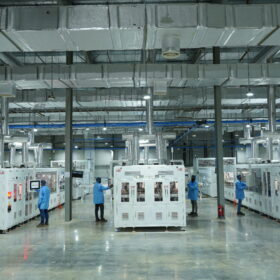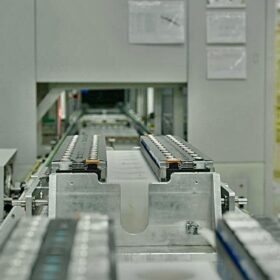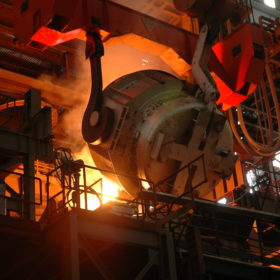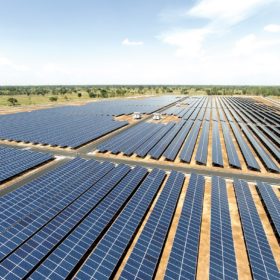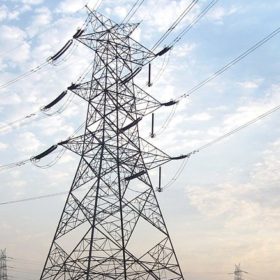PV commissioning times up by 6 months over past 20 years, claim scientists
Scientists in Switzerland used project-level data from BloombergNEF to analyze completion times of renewable energy projects across 48 countries. They have found that average commissioning times have increased over the past two decades for all clean energy technologies.
PV may help CSP reduce its LCOE by 18% in Saudi Arabia
Researchers have found that the current levelized cost of energy (LCOE) for concentrated solar power (CPS) plant in Saudi Arabia could be as low as $0.137/kWh. However, combining the tech with PV would significantly enhance the cost competitiveness of CSP.
Trina Solar presents bifacial dual-glass TOPCon solar modules for rooftop PV
The Chinese manufacturer said its new TSM-NEG9RC.27 and TSM-NEG18R.28 combine n-type technology with 210mm rectangular silicon wafer (210R) cell technology. Their temperature coefficient is -0.29% per C and their efficiency can reach up to 22.3% and 22.7%, respectively.
Hybrid optimization MPPT tech for PV systems under partial shading
Researches in India have used the adaptive network-based fuzzy inference system (ANFIS) and the grey wolf optimization (GWO) algorithm to develop an MPPT technique that reportedly increases the PV source voltage of an array under partial shading conditions.
Saudi Arabia in prime position for green hydrogen in global energy landscape
An international research team has provided an overview of global trends and best practices for hydrogen adoption and investment in Saudi Arabia.
Bosch unveils cold climate heat pump for residential applications
According to the manufacturer, the new Inverter Ducted Split (IDS) Ultra heat pump can provide 100% heating capacity at an outdoor temperature of -15 C and can operate down to – 25 C.
Meyer Burger to cease PV module production in Germany
Meyer Burger, a Switzerland-based heterojunction cell and panel manufacturer, says it will stop making PV modules in Germany, but it will continue to produce solar cells in the country to support its panel production operations in the United States.
TOPCon solar module production costs now at $0.16/W in China, says ETIP PV
New figures from the European Technology and Innovation Platform for Photovoltaics (ETIP PV) show that China can now produce tunnel oxide passivated contact (TOPCon) PV modules for between $0.160/W and $0.189/W. Costs in Europe, India and the United States, by contrast, could be as low as $0.243/W, $0.281/W, and $0.195/W, respectively. ETIP PV made the comparison based on production at a 10 GW integrated PV factory.
Mitsubishi debuts residential air-to-water heat pumps
Mitsubishi’s monobloc Hydrolution EZY can reportedly produce domestic hot water up to 60 C when outdoor temperatures reach -25 C. It is available in two versions, with outputs of 10 kW and 14 kW.
New solar tree design offers improved module cooling, lower shading losses
Researchers in Hungary have proposed to build photovoltaic trees with a significant distance between the solar panels. The proposed sunflower-shaped design reportedly reduces shading losses between the panels while improving cooling and heat dissipation.
